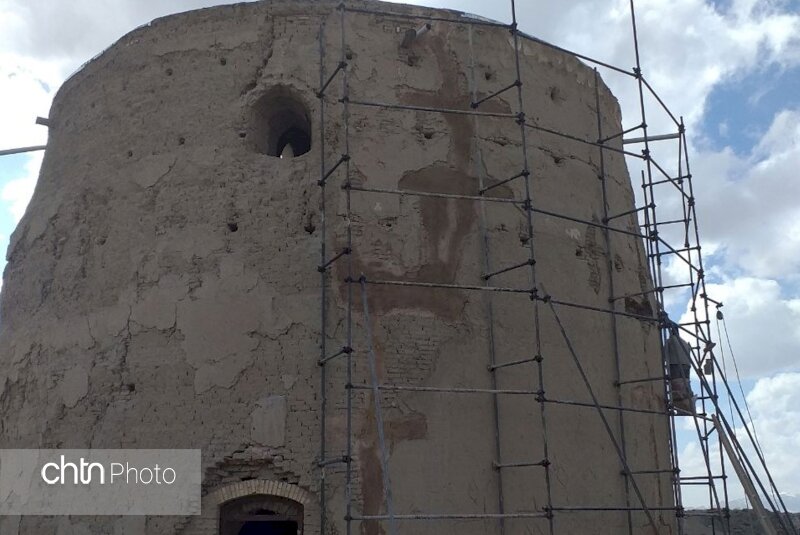Pigeon tower in central Iran undergoes urgent restoration

TEHRAN - A three-story pigeon tower, where droppings were once collected as fertilizer centuries ago, has undergone some rehabilitation works in Tondaran village of Isfahan province.
A budget of 300 million rials (about $7,100 at the official exchange rate of 42,000 rials per dollar) has been allocated to the project, which aims at strengthening the historical structure as well as preventing its destruction, Hossein Mazaheri, a local tourism official, has announced on Saturday.
With an area of 150 square meters, the 200-year-old monument has been inscribed on the national cultural heritage list, he added.
Isfahan is famed for having a rich heritage of pigeon towers, where the droppings could be collected and used as fertilizer. There are still many ruined or well-preserved “luxury” accommodation buildings across the province, which are specially designed and constructed for pigeons and can hold as many as 14,000 pigeons.
It is not clear when such pigeon houses were built first but according to the comments by ancient travelers, at least they have been existed since some 800 years ago. For the first time, “Ibn Battuta” the famous Moroccan traveler mentioned pigeon houses.
The environs of Isfahan are dotted with bizarre but very picturesque pigeon towers. In contrast to a European dovecot, which often housed pigeons to be used as meat, in Iran, the pigeons were never eaten. Here pigeon towers were used as guano factories to produce fertilizers for the melons that have always been the pride of the region. The guano was also used in the manufacture of gunpowder.
Pigeon towers are of considerable size, often 10.5-12 m high, of sturdy construction and fine proportions. The pigeon houses are usually built of mud-brick. Unbelievably varied, often decorated by ornate cupolas and muqarnas friezes, they are so charming that it is well worth going even great distances to see them.
Although there are never two identical pigeon towers, all conform to a single plan. Each tower consists of an outer drum, buttressed internally to prevent collapse and to support the inner drum that rises perhaps a third as high as the main structure.
Pigeons can get to their nets through some passages which are such narrow that is impossible to other birds such as eagles or falcons to enter. At the bottoms, there are some smooth parts of stucco works. These parts can avoid snakes to ascend. In some cases, they put a bowl of milk at the center with limes around it. As snakes like milk, they try to get it but will be stuck in the lime.
Nowadays, due to the wide usage of chemical fertilizers, such pigeon towers just convey memories of the past as significant but strange buildings.
ABU/AFM

Leave a Comment